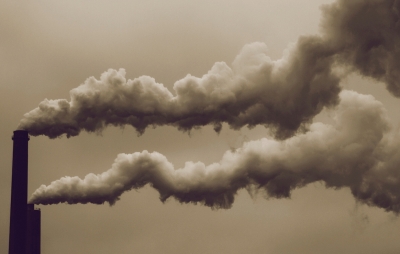
Particulate matter (PM) is a mixture of minute solid and liquid particles suspended in air, which contributes to pollution. PM consists of a variety of components such as dust, pollen, soot, smoke, metal, and liquid droplets. These particles are everywhere – indoors and outdoors – in your home, school, on the road and in parks.
Categorisation
Particulate matter varies greatly in composition and size, ranging from a few nanometres to a few micrometres. These can only the detected using an electron microscope. However, some particles are large enough to be seen with the naked eye. The small particles are categorised as:
- PM10 – those with a diameter of 10 micrometres or less.
- PM2.5 – those with a diameter of 2.5 micrometres or less.
The diameter of a single strand of human hair would be 30 times larger than a PM2.5 particle.
Sources
Particulate matter originates from a range of human activities. They include industrial facilities, power plants, vehicles. Incinerators, dust and fires. Some come directly from a source such as construction sites, while others form in the atmosphere as a result of complex reactions between chemical pollutants emitted by power plants, industries and automobiles. The particles can travel in any direction that the wind takes them.
Harmful effects
Their ability to penetrate deep into the lungs, blood stream and the brain makes them the most harmful form of air pollution. These can lead to health problems, including heart attacks, respiratory disease, and premature death. The World Health Organisation has designated airborne particulates as carcinogens (cancer-causing).
Airborne particles can also contribute to global warming, climate change and acid rains. They can change or deplete nutrients in soil and contaminate waterways. They can damage cultural icons such as monuments and statues.
Picture Credit : Google

